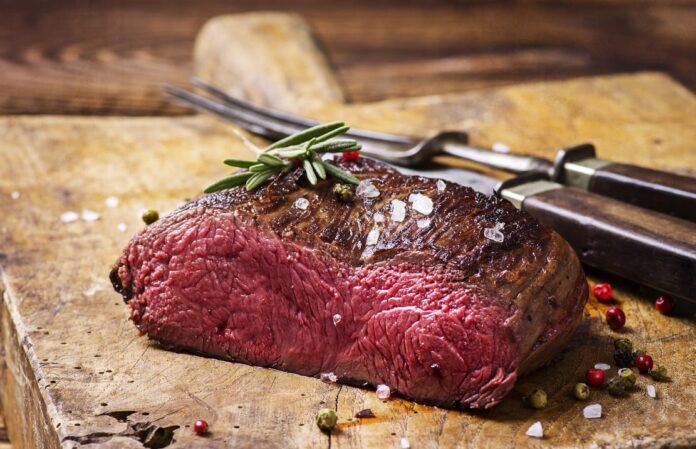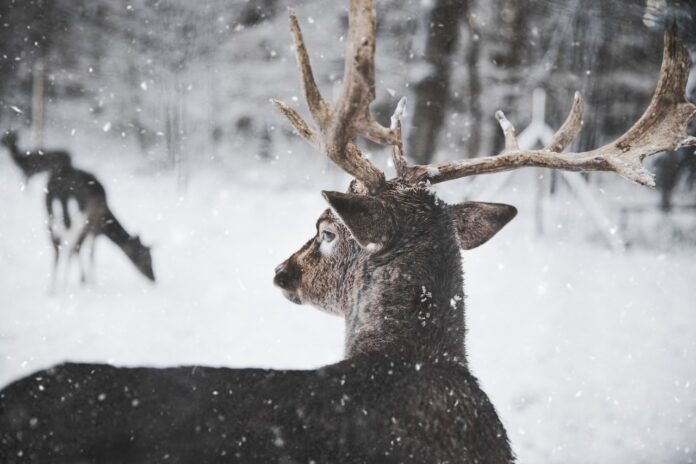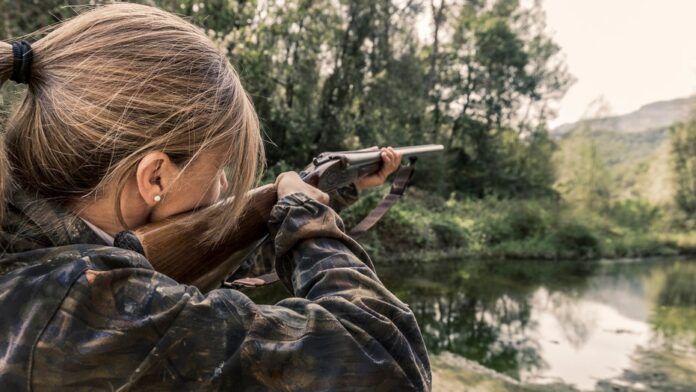Wild game hunting is an addictive sport. It’s good for every variable involved, including game populations – when performed properly. It is a sustainable way to provide food for hunters, and it is a growth experience for many shooters. Generally, there are many lessons locked deep within the art of the hunt that cannot be unlocked until one participates in a hunt of wild game.
It’s not as simple as finding the right caliber for your AR-15 or other rifle or optimizing your cartridge to your firearm. This website has a variety of rifles and accessories to choose from, so you can go into your next hunt with confidence.
In the search for the optimal experience, the benefit of game meat, the part we play in conservation and the furthering of the skills that come from hunting, there are a lot of nuances.
One of those nuances is the fieldcraft of it all. It’s hard enough to plan a trip, bring your basic sporting skills up to speed, and then find a target – but that’s only half the battle. One must set the sights on the trophy target, make a responsible shot and factor in many variables that all could affect outcomes.
Even then, if everything has gone well enough, the hunter must prepare, clean and dress the animal and the game meat so that proper techniques are observed, and the area, the wildlife in it, and the food that comes from it can all be protected against further disruption.
Basic Food Safety for Hunting big game

The straightforward tone of this article is not meant to be a lecture, rather, as simple a format to convey the most information to the right audience and provide a catalyst for you to explore further to ensure you have all the answers you need to feel confident in the process of field butchery or game meat preservation for your further hunting endeavors if they require such skills and mindset.
Food safety requires a few important things, when it comes to game animals, below are some of the core principles:
- Minimization of blood contamination
- Absolute understanding of how to avoid puncturing organs or accidentally contaminating meat with stomach, intestine or other organ contents
- A hunter must understand which organs are safe to harvest and what the local population of wildlife’s general health is at the time of harvesting
- Ready understanding of the temperatures, wait times, and proximity to appropriate facilities that are available to you on the hunt
- The shorter the trek back to “civilization”, the better for the health of the meat and the usability of all the harvested game meat or organs
- The essential nature of having proper tools, and ancillary items to assist with a quick, efficient field dressing and basic butchery
Tools for field use and butchery in the field

- Rubber/silicon/nitrile gloves are very nice to have, and borderline essential to ensure your hands don’t introduce bacteria, and so you have easier cleanup. Multiple pairs are suggested
- A saw to prep game and assist with leg work and heavy bone work
Rope, polycord or similar to hang the animal properly to allow blood evacuation - A robust game field dressing knife or combination tool that includes a way to cut the stomach without puncturing the stomach or bowel system of the animal (technique can override tooling in many cases)
- Game bags to preserve meat and avoid more contamination than necessary
- Insulative tarps, or other items to get meat out of a long-haul scenario safely
- Clean rags, paper towels and other basic sanitation items, like soap and water
Things you should consider

While many big game animals are similar in structure, they are not all built exactly the same. You should be aware of the target animal and the organs that are edible or otherwise usable; the placement of key features, organs, or other functional parts of the body of the animal, and which cuts of meat you will prioritize if the conditions don’t allow for a full harvesting or removing the animal quickly after the appropriate field dressing.
In some cases, specialty hunts may not require that you know how to field dress, cut meat, or even preserve the animal in the wild. You may be able to drive-in and drive-out of hunting spots or may be hosted by a robust and well stocked club or guide team that can assist you in getting the best, most efficient and safe harvest. Sometimes meat may be a secondary concern or of no real concern, but when it is proper precautions should be taken.
The meat needs to be cooled to below 40 degrees Fahrenheit (*about 5 degrees Celsius) as soon as possible – extended freeze time is essential for some game meats.
Basic concepts about big game that need to be understood

All game meat should be cooked to the proper temperature, and all game meat must be stored and prepared properly, to ensure you are not introducing potential health concerns to those consuming it.
Most of the things you may need to know about are covered in-depth, in hunter’s safety certificate courses, or other (generally) state-led licensing. Things like animal body composition, organ placement; responsible shot placement and cartridge choice.
Basic regulatory highlights and seasonal variables are all covered in such courses or are at least outlined to some extent where most hunters will feel at least familiar with the concepts.
If you don’t feel confident about the immediately above-listed concepts, you should seek out other resources to improve upon your general understanding of the topics. There are a lot of good resources online, including other articles and content on this very website.
There is never a worthy replacement for the comfort and peace of mind that comes from learning, understanding and eventually, personal experiential implementation.
You’ll likely find that other hunters are quite accepting of new shooters into their “club” and will offer advice easily, and generally have real-world experience in the very topic you are perhaps “feeling a bit out of place” about.
Conclusion
Generally, understand that wildlife populations are well-monitored, but the funding and programs surrounding food safety and disease control in wild game populations is never going to be ideal for the need.
You should be aware that wildlife populations, even during outbreaks of disease, are not able to be monitored to ensure absolute safety for those who consume the meat.
You need to take an extra few steps to ensure that you are up to speed on regulations, health concerns in wild populations of game targets, and are observing proper field and home butchery techniques to ensure minimal concerns.
Being prepared ahead of time is important, and hopefully this article has helped to point you in the right direction for additional research or given you food for thought regarding game meat processing and field butchery concepts.






